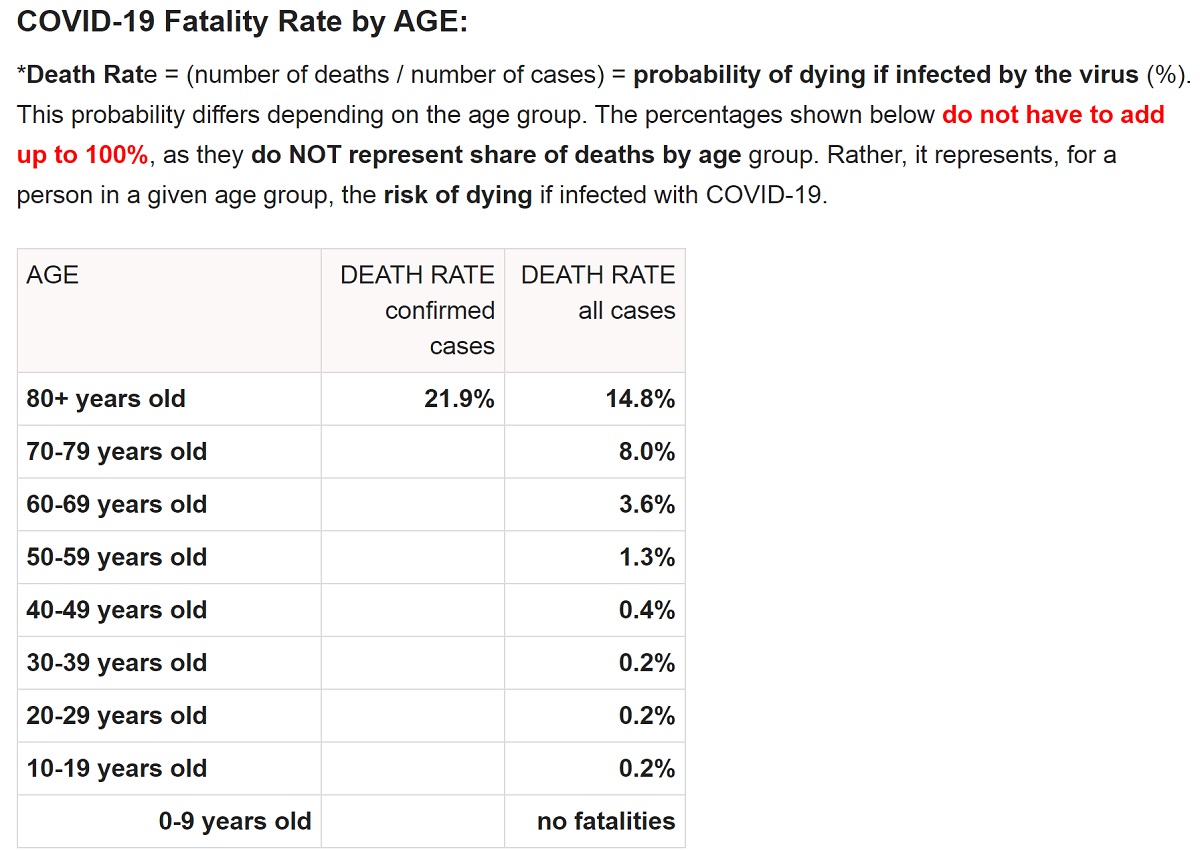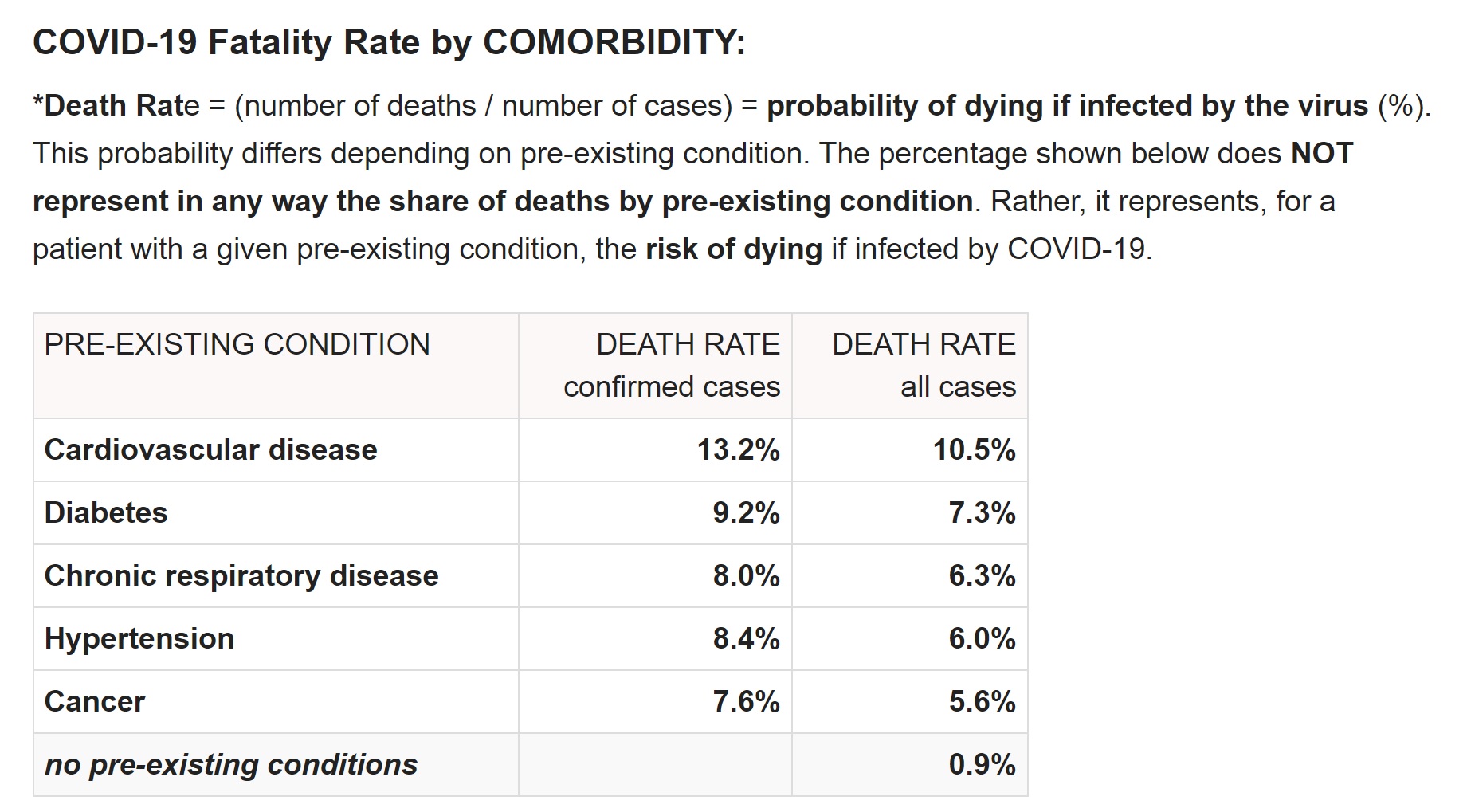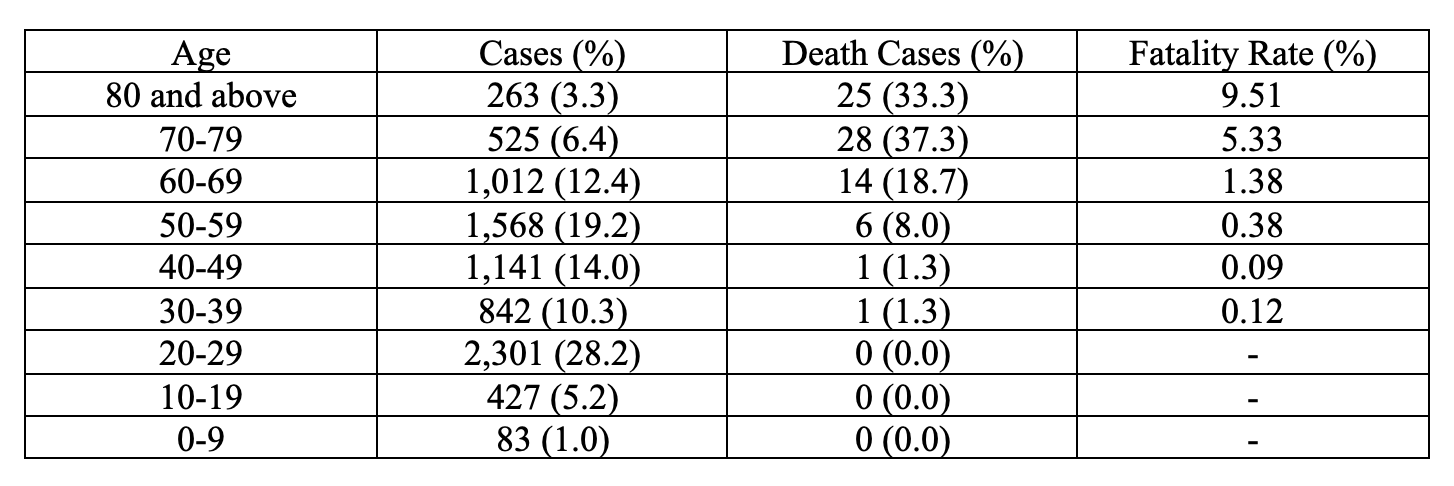Federal and state governments are making a massive gamble about a little-understood new virus. They may not only be betting our entire economy, but our nation’s future. Thus it’s imperative that they not make foolish choices.
The current gamble seems to be to shut down the nation indefinitely to suppress a virus that is especially deadly to some demographics and experts agree cannot be contained, only slowed. The New York Times claims the basis of many U.S. officials’ decisions so far is a report from Imperial College London, and other models that spit out similar results. It says to contain the virus it will be necessary to quarantine Americans for two- to three-month stretches repeatedly over the next 18 months.
The alternative, says the report, is 4 million Americans dead, half who would otherwise have lived but instead die for lack of medical capacity such as ventilators. If we merely quarantine sick people and those at risk, a “mitigation” strategy, it projects the U.S. death toll at about 2 million, again half from lack of ventilators, not depth of disease.
This is why state governors are shutting down restaurants, schools, entertainment venues, government offices, parks, historical sites, churches, and travel. Most Americans and businesses likely can sustain a suspension of their lives for two weeks, the usual annual vacation time.
But start extending these bans to one and two months, and then to four and six months, and people are going to revolt as they sit chained to their houses, watching their jobs, businesses, and retirement accounts disappear, replaced with funny money taken from yet-unborn generations and no end in sight. Numerous people are already skeptical and fed up with the lockdowns, and we’re not a week in.
Just one competing projection, from the Hoover Institution, suggests “the total number of cases world-wide will peak out at well under 1 million, with the total number of deaths at under 50,000″ (emphasis added). This is near the annual death rate due to flu in the United States alone. We don’t know if that estimate is accurate either, but that’s the point.
If we assume that case fatality rate among individuals infected by SARS-CoV-2 is 0.3% in the general population — a mid-range guess from my Diamond Princess analysis — and that 1% of the U.S. population gets infected (about 3.3 million people), this would translate to about 10,000 deaths. This sounds like a huge number, but it is buried within the noise of the estimate of deaths from ‘influenza-like illness.’ If we had not known about a new virus out there, and had not checked individuals with PCR tests, the number of total deaths due to ‘influenza-like illness’ would not seem unusual this year. At most, we might have casually noted that flu this season seems to be a bit worse than average. The media coverage would have been less than for an NBA game between the two most indifferent teams.
Some worry that the 68 deaths from Covid-19 in the U.S. as of March 16 will increase exponentially to 680, 6,800, 68,000, 680,000 … along with similar catastrophic patterns around the globe. Is that a realistic scenario, or bad science fiction?
It seems a fool’s errand to pre-emptively and indefinitely risk everyone’s livelihoods without hard information about what is happening and a risk assessment that includes the serious dangers of killing the U.S. economy, not what computers project will happen with lots of missing, unreliable, and rapidly changing information.
Sharyl Attkisson has gone through the U.S. deaths to March 17, and as in other countries they are overwhelmingly among the very elderly and people with pre-existing conditions. The entire population is not at severe risk from coronavirus — although we are at severe risk from a wrecked economy and welfare expansions beyond Franklin Delano Roosevelt’s wildest dreams.
If we continue the present course U.S. politicians are taking, “we’ll be spending a lot more than we’ve ever been willing to spend before to avoid flu deaths. Eighty-three percent of our economy will be suppressed to relieve pressure on the 17% represented by health care. This will have to last months, not weeks, to modulate the rate at which a critical mass of 330 million get infected and acquire natural immunity,” writes Holman Jenkins at The Wall Street Journal.
Every year, 40,000 Americans die in car wrecks. I don’t see any critical mass of politicians calling for banning cars, and if they did, they would lose their next election. That’s because we as Americans have decided that the benefits of modern transportation outweigh the lives of 40,000 Americans a year, which a few years ago included my own young brother. Do I still drive a car? Daily.
My point here is not that I like people dying. It’s that very often our society chooses to allow deaths because the alternative is worse. I’m suggesting the severe social and economic tradeoffs of unlimited quarantine are an important consideration that is not being taken seriously enough.
That’s especially true because the majority of people now being kept home are not at severe risk. Here are the currently known fatality risks by age and comorbidity (pre-existing health problems), from WHO and Chinese data:


Would it be more prudent to severely shelter those at risk while the rest of us keep the country going? We can take steps like this while not choosing to crush small businesses and employees who cannot telework for one or two months, let alone 18.
He points out that South Korean data, which is more complete than most other countries’ data, shows huge disparities in risks between old and unhealthy and young and healthy. “Clearly, the impact on elderly and immunocompromised individuals is severe, with nearly 90% of total deaths coming from individuals 60 and over. But these data do not call for shutting down all public and private facilities given the extraordinarily low rates of death in the population under 50,” Epstein writes.

“[T]he massive curtailments of the U.S. economy can have as many health consequences as the virus itself—if millions lose income and jobs, become depressed in self-isolation, increase smoking, and drug and alcohol use, and postpone out of fear necessary buying and visits to doctors and hospitals for chronic and serious medical conditions unrelated to the virus,” writes Victor Davis Hanson.
What if the real scenario is one of these: 1) We plunge the nation into a depression that kills many businesses and addicts millions to welfare, in a nation that has already pledged more welfare than it can afford for at least the next three generations. Because of this depression, many people die due to poverty, lack of medical care, and despair. Millions more transform from workers to takers, causing a faster implosion of our already mathematically impossible welfare state.
2) The nation quarantines only at-risk populations and those with symptoms, like South Korea has, and ensures targeted and temporary taxpayer support to those groups, goes nuts cranking out ventilators and other crisis equipment such as temporary hospitals using emergency response crews, while the rest of us keep calm, wash our hands, take extreme care with the at-risk groups, and carry on.
Why would the entire nation grind to a halt when the entire nation is not at a severe risk? I would rather have a flu I am 99.8 percent likely to survive than the nation plunged into chaos indefinitely because we pulled the plug on our economy during a stampede.
At the very least, Congress should wait a week or two, while half the nation or more is home, to see how the infection rates look as millions of test kits go out. The worst-case scenario they are predicating their actions on may not be the one we’re facing. Prudence suggests a measured, wait and see approach to policy until we have better information, not chucking trillions of my kids’ dollars out the window “just in case.”
No comments:
Post a Comment